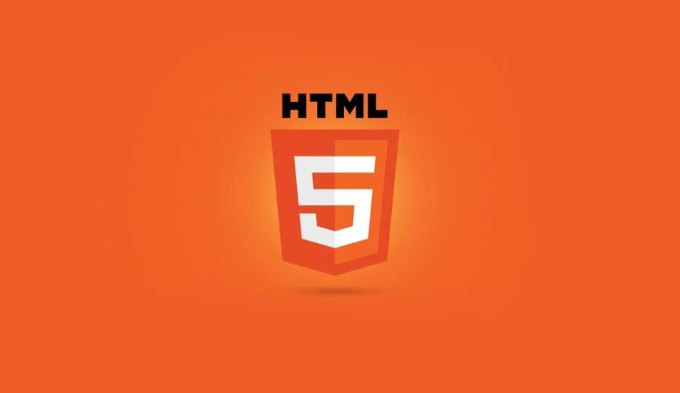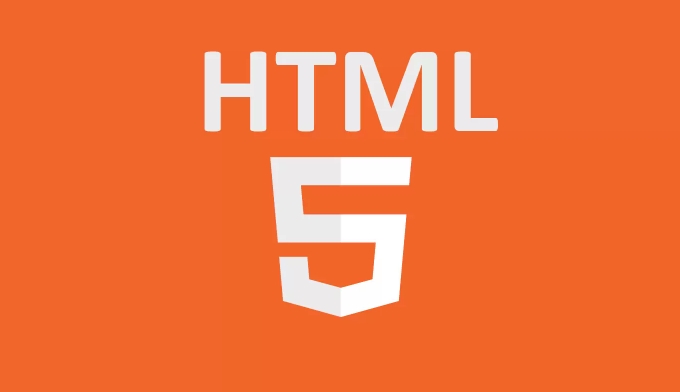Implementing H5 Web Share API for Content Distribution
Jul 23, 2025 am 03:50 AMThe Web Share API can improve the efficiency of mobile content sharing through the browser native interface. Specifically, it includes: 1. Use the navigator.share() method to trigger the system sharing pop-up window, which needs to be executed in user operations; 2. Determine whether the API is supported and provide alternative solutions such as copying links, QR codes or jumping to social platforms; 3. Optimize sharing content, such as concise title, natural description, and URL with tracking parameters; 4. Pay attention to HTTPS environment, user active triggering, and device compatibility issues.

Using H5's Web Share API for content distribution is actually a very practical small feature. It allows users to directly call the system's own sharing function without jumping out of the page, and share articles, links or texts to WeChat, Weibo, SMS and other channels. Especially suitable for mobile web pages, it can improve user experience and communication efficiency.

Let’s talk about how to use this API from a few practical perspectives.
1. Basic usage of Web Share API
The Web Share API is a native interface provided by the browser, allowing web pages to trigger the system's sharing pop-up windows. It is very simple to use. The core method is navigator.share() , you just need to pass in the content object to share.

if (navigator.share) {
navigator.share({
title: 'Article Title',
text: 'What to say or summary',
url: 'https://example.com'
})
.then(() => console.log('Shared successfully'))
.catch((error) => console.log('Sharing failed:', error));
}A few points to note:
- Not all browsers support it, and currently mainly supports Chrome on Android and some other modern browsers.
- It must be triggered during active user actions (such as clicking a button) and cannot be automatically executed.
-
urlfield does not necessarily appear on all platforms, some display only text.
2. Determine whether it supports and elegantly downgrade
Due to limited support for Web Share API, you should first determine whether it is available in actual projects, and then decide whether to display the "Share" button or use other methods to replace it.

if (navigator.share) {
// Show native sharing button} else {
// Change to copy links, jump to social platforms, etc.}Common alternatives include:
- Use the Clipboard API to provide the "Copy Link" feature
- The QR code pops up and lets users scan the code to share
- Jump to WeChat/Weibo share link (via URL Scheme)
This way, even if the Web Share API is not supported, it can ensure that users have a way to go.
3. How to write more effective sharing content
Although the Web Share API itself is just an interface, the quality of the shared content directly affects the communication effect. It is recommended to pay attention to the following points:
- The title is concise and powerful : try to control it within 20 words to highlight the highlights.
- The description is natural and true : don’t pile up keywords, it is easier to be forwarded like people speak.
- The URL should have parameters for easy tracking : such as source channel, user ID, etc., to facilitate later analysis of traffic sources.
For example, if it is to promote an article:
{
"title": "Why do you always have trouble sleeping?",
"text": "This article helps you find the key factors that affect sleep",
"url": "https://example.com/sleep-tips?source=webshare"
}Such information is both clear and guided, and is easier to receive than dry links.
4. Pay attention to security and permission issues
Although the Web Share API does not require additional request permissions, it still has some limitations and considerations:
- It must be run in an HTTPS environment, and localhost can be used for local debugging.
- The user must explicitly trigger the action and cannot pop up automatically.
- Some browsers may truncate or ignore certain fields.
If your application is aimed at the enterprise intranet or specific devices, you can test the compatibility of the target device in advance to avoid finding that it is not supported after it is launched.
Basically that's it. Although the Web Share API is not many functions, it can indeed improve user operation efficiency, especially in content dissemination scenarios. As long as compatibility processing and content optimization are done well, the sharing rate can be quietly increased without disturbing users.
The above is the detailed content of Implementing H5 Web Share API for Content Distribution. For more information, please follow other related articles on the PHP Chinese website!

Hot AI Tools

Undress AI Tool
Undress images for free

Undresser.AI Undress
AI-powered app for creating realistic nude photos

AI Clothes Remover
Online AI tool for removing clothes from photos.

Clothoff.io
AI clothes remover

Video Face Swap
Swap faces in any video effortlessly with our completely free AI face swap tool!

Hot Article

Hot Tools

Notepad++7.3.1
Easy-to-use and free code editor

SublimeText3 Chinese version
Chinese version, very easy to use

Zend Studio 13.0.1
Powerful PHP integrated development environment

Dreamweaver CS6
Visual web development tools

SublimeText3 Mac version
God-level code editing software (SublimeText3)

Hot Topics
 What does h5 mean?
Aug 02, 2023 pm 01:52 PM
What does h5 mean?
Aug 02, 2023 pm 01:52 PM
H5 refers to HTML5, the latest version of HTML. H5 is a powerful markup language that provides developers with more choices and creative space. Its emergence promotes the development of Web technology, making the interaction and effect of web pages more Excellent, as H5 technology gradually matures and becomes popular, I believe it will play an increasingly important role in the Internet world.
 How to distinguish between H5, WEB front-end, big front-end, and WEB full stack?
Aug 03, 2022 pm 04:00 PM
How to distinguish between H5, WEB front-end, big front-end, and WEB full stack?
Aug 03, 2022 pm 04:00 PM
This article will help you quickly distinguish between H5, WEB front-end, large front-end, and WEB full stack. I hope it will be helpful to friends in need!
 What Does H5 Refer To? Exploring the Context
Apr 12, 2025 am 12:03 AM
What Does H5 Refer To? Exploring the Context
Apr 12, 2025 am 12:03 AM
H5referstoHTML5,apivotaltechnologyinwebdevelopment.1)HTML5introducesnewelementsandAPIsforrich,dynamicwebapplications.2)Itsupportsmultimediawithoutplugins,enhancinguserexperienceacrossdevices.3)SemanticelementsimprovecontentstructureandSEO.4)H5'srespo
 H5: The Evolution of Web Standards and Technologies
Apr 15, 2025 am 12:12 AM
H5: The Evolution of Web Standards and Technologies
Apr 15, 2025 am 12:12 AM
Web standards and technologies have evolved from HTML4, CSS2 and simple JavaScript to date and have undergone significant developments. 1) HTML5 introduces APIs such as Canvas and WebStorage, which enhances the complexity and interactivity of web applications. 2) CSS3 adds animation and transition functions to make the page more effective. 3) JavaScript improves development efficiency and code readability through modern syntax of Node.js and ES6, such as arrow functions and classes. These changes have promoted the development of performance optimization and best practices of web applications.
 How to implement h5 to slide up on the web side to load the next page
Mar 11, 2024 am 10:26 AM
How to implement h5 to slide up on the web side to load the next page
Mar 11, 2024 am 10:26 AM
Implementation steps: 1. Monitor the scroll event of the page; 2. Determine whether the page has scrolled to the bottom; 3. Load the next page of data; 4. Update the page scroll position.
 H5 Code: Accessibility and Semantic HTML
Apr 09, 2025 am 12:05 AM
H5 Code: Accessibility and Semantic HTML
Apr 09, 2025 am 12:05 AM
H5 improves web page accessibility and SEO effects through semantic elements and ARIA attributes. 1. Use, etc. to organize the content structure and improve SEO. 2. ARIA attributes such as aria-label enhance accessibility, and assistive technology users can use web pages smoothly.
 H5: How It Enhances User Experience on the Web
Apr 19, 2025 am 12:08 AM
H5: How It Enhances User Experience on the Web
Apr 19, 2025 am 12:08 AM
H5 improves web user experience with multimedia support, offline storage and performance optimization. 1) Multimedia support: H5 and elements simplify development and improve user experience. 2) Offline storage: WebStorage and IndexedDB allow offline use to improve the experience. 3) Performance optimization: WebWorkers and elements optimize performance to reduce bandwidth consumption.
 How to use position in h5
Dec 26, 2023 pm 01:39 PM
How to use position in h5
Dec 26, 2023 pm 01:39 PM
In H5, you can use the position attribute to control the positioning of elements through CSS: 1. Relative positioning, the syntax is "style="position: relative;"; 2. Absolute positioning, the syntax is "style="position: absolute;" "; 3. Fixed positioning, the syntax is "style="position: fixed;" and so on.






